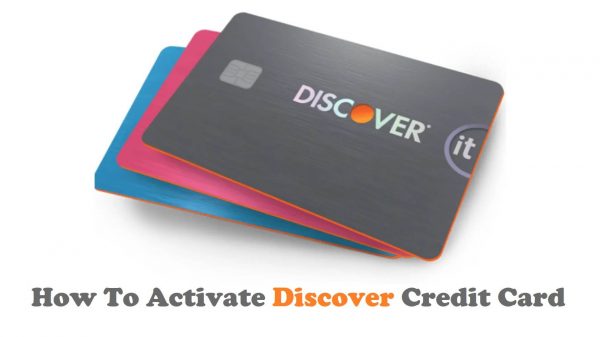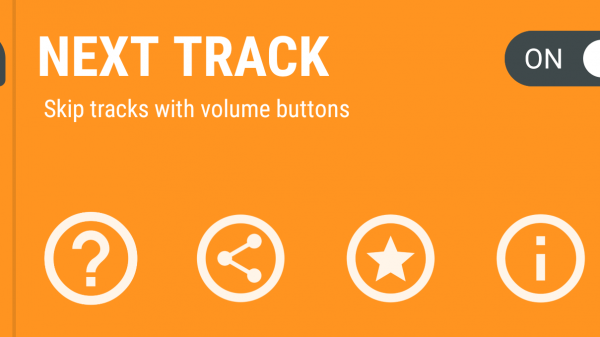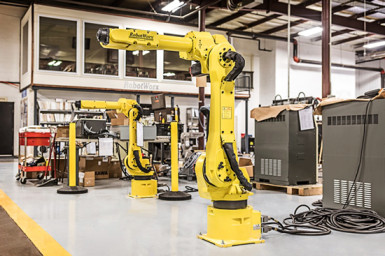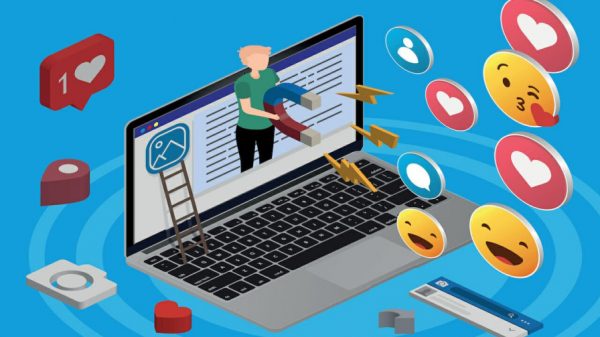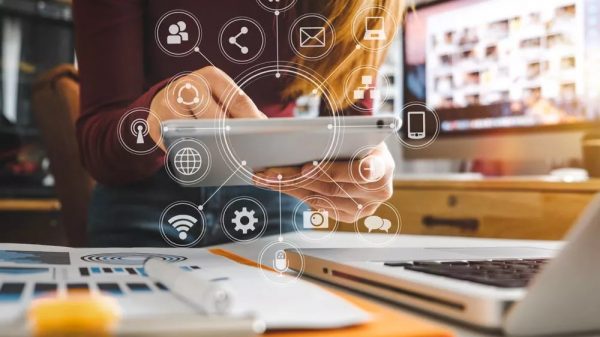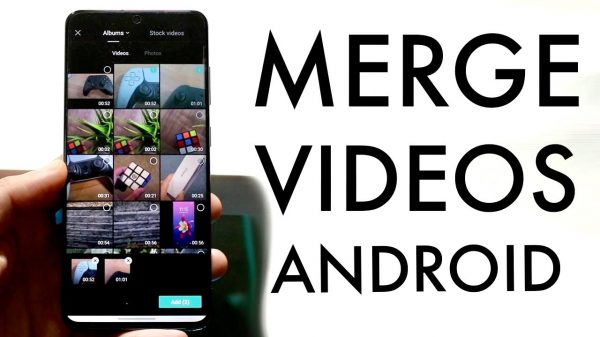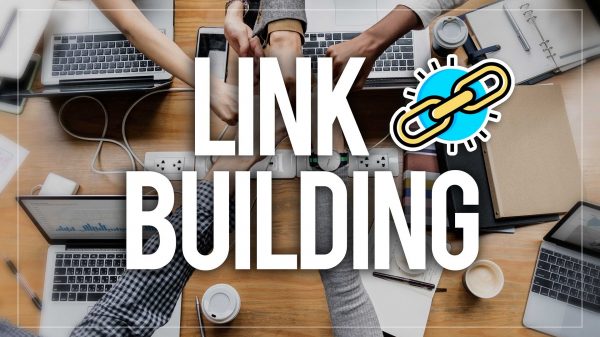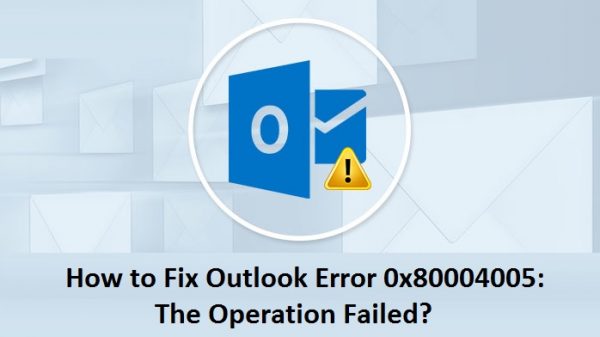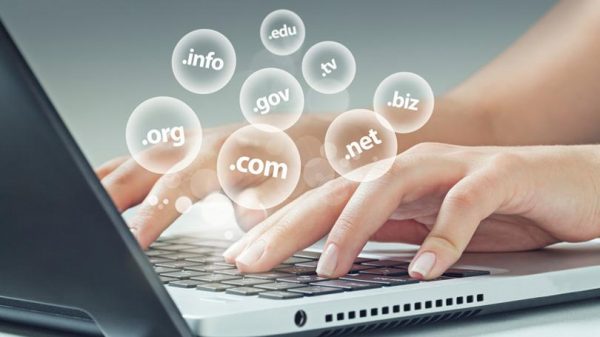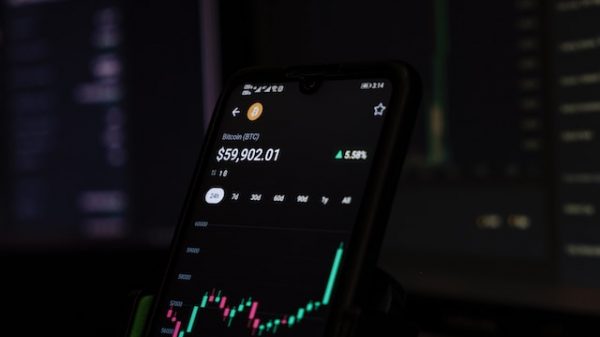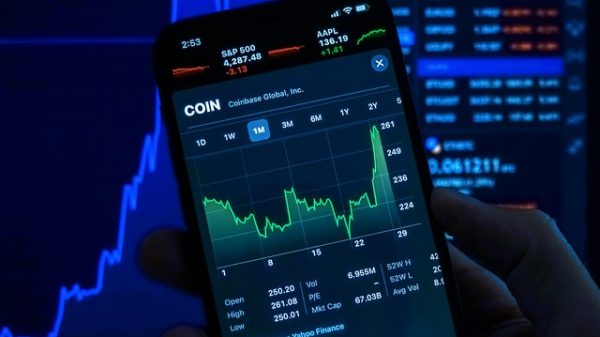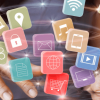In this age of technology and connectivity, electronic gadgets have made their way into the classroom learning process. These devices have been used to continually improve and expand learning methods for students. Students most frequently use tablets, mobile phones, and cameras.
In addition, these electronic gadgets help meet the increasing demand for student requirements. Using available technology for educational purposes facilitates tasks and collaboration.
However, there are debates regarding the benefits and drawbacks of using electronic gadgets in the classroom. This blog post focuses on the benefits it can provide to students.
What exactly are the benefits and applications that technology has for student learning?
Improves the overall performance of students.
According to a 2005 study by Behnke, Gilliland, Schneider, and Singer, the use of electronic gadgets such as tablets in the classroom can improve student performance and reduce the number of students who perform poorly in class.
Not only that, but devices also improve the effectiveness of teaching methods and the learning capacities of tablet-using students.
In general, the use of electronic devices has made classroom activities more adaptable. The various features and functions of gadgets in the classroom also contribute to the transformation of teaching and learning methods; as a result, the use of these gadgets stimulates the various senses of students.
Allows for student-centered instruction.
Learning has traditionally relied on teacher-centered strategies. But as a result of changes in teaching methods and the availability of technology in the classroom, learning has shifted away from this emphasis.
According to a 2012 study by Nah, Lim, and Yih, electronic devices facilitate and expand student-centered learning by facilitating students’ participation in the classroom through the provision of additional functions. Individualized participation has increased as a result of the student’s autonomy and ability to control their own pace of learning with the aid of these devices.
Improves knowledge retention
Retention is a crucial indicator of whether or not students are learning effectively in class. Comparatively, the stimulation of multiple senses when students use electronic devices in class may aid in their retention of information.
According to a 2015 study by Krause, Mogalle, Pohl, and Williams, for instance, social gamification can help students retain more information.
Enhances lecture presentation and illustration
Through the use of devices in the classroom, audio-visual and media presentations have become not only accessible but also portable for students. Previously, the content was presented using traditional methods such as use of boards, hardcopy drawings, and old-school black-and-white projectors.
Using electronic devices, both students and teachers can modify the manner in which information is presented in class. Typically, these methods increase participation in the classroom.
Increases collaboration
As a result of the personalized and multiple functions of classroom technology, student collaboration increases, particularly in terms of classroom participation and engagement.
As previously stated, the use of technology makes learning flexible. In a similar manner, collaboration becomes more voluntary compared to traditional learning methods as a result of the features and accessibility of devices. This is especially evident in online classrooms, discussions, and activities.
Utilizable for research purposes
This is the most well-known application of technology in the classroom. Students are no longer required to physically visit libraries and peruse printed books for simple research or homework. Information is available to them in a matter of seconds.
Also, online research is not limited to Google or Google Scholar. Frequently, schools also provide access to paid scholarly digital databases like Ebsco and Jstor. These database platforms are no longer restricted to library computers; students can also access them from their tablets and mobile devices.
Useful for facilitating material accessibility and information storage
No longer are students required to take traditional notes; instead, they can store books and notes through pdf or e-book copies or by photographing lecture notes. They may also record audio and video of lectures and discussions, provided the lecturer or professor permits it. In addition, whenever they require materials, they can access them through the most portable devices, such as mobile phones.
According to a 2005 study by Behnke, Gilliland, Schneider, and Singer, the use of electronic gadgets such as tablets increases the number of information students receives.
Students can use it to verify the information.
Due to easier access to information, students can demonstrate initiative by independently confirming the presented data. Consequently, their information fluency and critical thinking are enhanced.
Concerning critical thinking, how can you improve your critical thinking in writing? Here are five suggestions for enhancing critical thinking in academic writing.
According to a 2017 study by Mada, devices can aid in the development of learning skills such as information evaluation, analysis, and application.
According to a 2013 study by Thomas, O’Bannon, and Bolton, the fact that students can independently verify information via the Internet increases communication, collaboration, and cooperative problem-solving among students and teachers alike.
Can be used to facilitate communication.
Students and teachers are no longer required to disseminate information through individual text messages or emails. Instead, electronic devices enable the sharing of school-related information via Facebook groups, Google classroom, and other learning management systems such as Schoology.
Also, a collaboration between students and teachers is facilitated by the instructional capabilities of most learning-capable devices.
Useful for virtual learning and virtual classrooms.
A virtual classroom is a platform for conducting online education. Students and teachers utilise video conferencing, an online whiteboard, and chat boxes within the virtual classroom.
This is essential for learning flexibility and maximizing the educational benefits of technology. According to the research of McBrien and Jones, the digital tools and mechanisms available to students on a virtual classroom platform can increase student engagement and participation.
Conclusion
Here we are! We have reviewed all ten advantages and applications of allowing electronic devices in classrooms. However, these benefits can only be maximized if these devices are used under supervision. For example, social media applications should be minimized or prohibited during classroom discussions unless they are necessary and relevant to ongoing classroom activities. Other non-educational uses of these devices should also be limited. Otherwise, the use of electronic devices in classrooms may cause distraction and therefore be detrimental to student learning.





